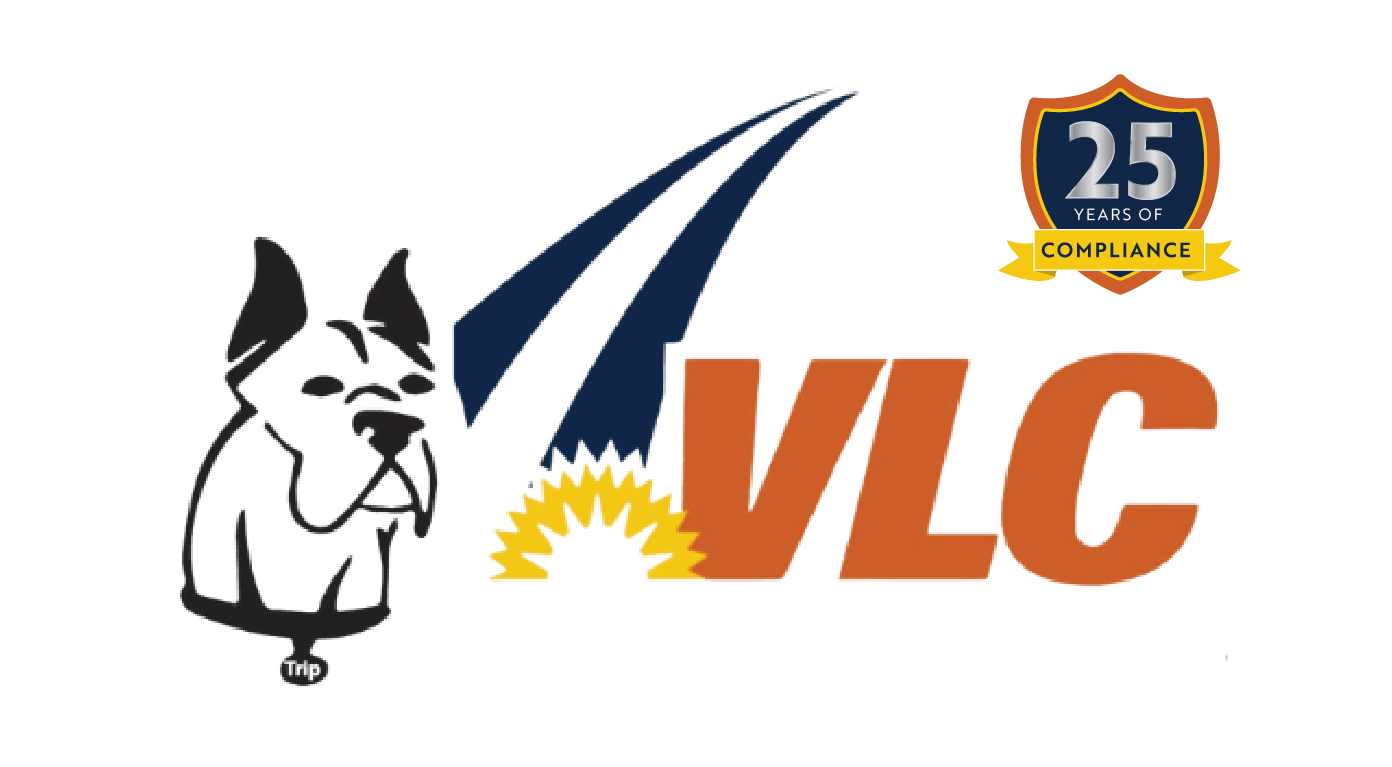Trucking and other commercial driving are tightly regulated by the government, and for good reason considering how large and potentially dangerous a loaded truck can be. Unfortunately, this means a lot of extra burdens on you and your drivers. Your DQFs need to be constantly kept up to date, and Department of Transportation (DOT) inspections could happen on the road at almost any time. Good DOT Driver Qualification File Management systems can help make these processes easier to navigate!
What are the most important aspects of DOT inspections to focus on, and how can DQF management software help? Let’s take a look.
The Six Levels of DOT Inspections
When a driver is on the road, they are potentially subject to official inspection at almost any time. These will most likely take place at designated locations, such as weigh stations but could also be randomly conducted on-road. In addition, they must be performed at least once every 12 months.
There are six “levels” of inspection, depending on what the DOT official is looking for and how it’s conducted.
Level 1
This is the most common – and most thorough – DOT inspection, covering almost every area of a driver and their vehicle. Inspected elements include:
- The driver’s CDL
- Their full DQF, including medical records, Record of Duty status, and any alcohol or drug use reports
- The trailer and cargo securement systems
- A full vehicle inspection, including brakes, couplings, exhaust, frame, fuel systems, wipers, steering systems, suspension, and electrical system
- Tires, rims, and wheels
- All lighting, including headlamps, tail lamps, stop lamps, and internal lights
This is the full complete inspection, which will be conducted at least once a year.
Level 2
Level 2 is the same as Level 1, except that it omits any items which would require the inspector to get underneath the vehicle. It still includes the full DQF inspection, as well as anything on the vehicle which can be accessed while standing.
Level 3
Level 3 focuses solely on the driver and their DQF, without inspecting their vehicle. This is when you really want a good DOT Driver Qualification File management system, as part of your overall fleet management software package.
Level 4
Level 4 is a spot check of one specific item or area of concern. These may be based on direct reports, or due to overall industry trends which the DOT has become concerned about. i.e., if it came out that numerous trucking companies were neglecting their emissions systems, DOT might target emissions for a specific focus.
Level 5
Level 5 is exactly the same as Level 1, except that the driver is not present when the vehicle is being inspected. This would typically only be done if there were already substantial evidence of wrongdoing.
Level 6
Level 6 specifically only applies to shipments of radioactive materials and includes specialized checks to ensure the materials are being handled safely, in accordance with regulations, such as proper shielding.
How To Properly Prepare for DOT Inspections
Your drivers should be prepared for a surprise inspection at any time. Even if they are rare, a single failed DOT inspection can cause a lot of trouble for you and your driver.
1 – Invest in DOT Driver Qualification File management systems
When DQFs were handled on paper, by hand, they were prone to error – and errors can be extremely costly! A good DQF management software solution automates most updates and changes to the DQF, as well as issuing alerts when key dates are coming up, such as license and registration renewals. This helps ensure your DQFs can always pass inspection.
2 – Keep up on vehicle maintenance
To borrow a cliche, keeping your vehicles well-maintained isn’t just a good idea – it’s the law. Well-maintained vehicles, tracked as part of a larger vehicle management system, lead to more efficient operations and less downtime due to breakdowns. This also guarantees your vehicles will be able to pass even a Level 1 inspection at any time, if needed.
3 – Coach your drivers on proper behavior
DOT inspections can be nerve-wracking, even for experienced drivers, and it’s easy for newer drivers to be overwhelmed. Be sure to coach your drivers on staying calm and professional at all times. In particular, they should never directly confront or argue with the inspector, even if they believe there’s a problem with the inspection itself. Any disputes should be handled by the company, via proper legal challenges.
Drivers who keep a cool head will have a much easier time getting through inspections without any unnecessary drama.
4 – Do your own inspections
There’s no need to wait for a spot inspection. It’s good practice to occasionally conduct an inspection of your driver and vehicle, according to the same guidelines the DOT follows. Much like a fire drill, this increases preparedness when the real thing happens.
VLC Is Here to Improve Your Fleet Management
Vehicle Licensing Consultants has decades of experience helping fleet operators navigate complex laws and bureaucracy, while staying on top of both their vehicles and their drivers. Our connected systems allow you to manage drivers, vehicles, and even your customers – combining all the data into an analytical system capable of providing deep insights into every aspect of your operation.
Be prepared for your next DOT inspection. Contact us to learn more, or ask for a free demo.



